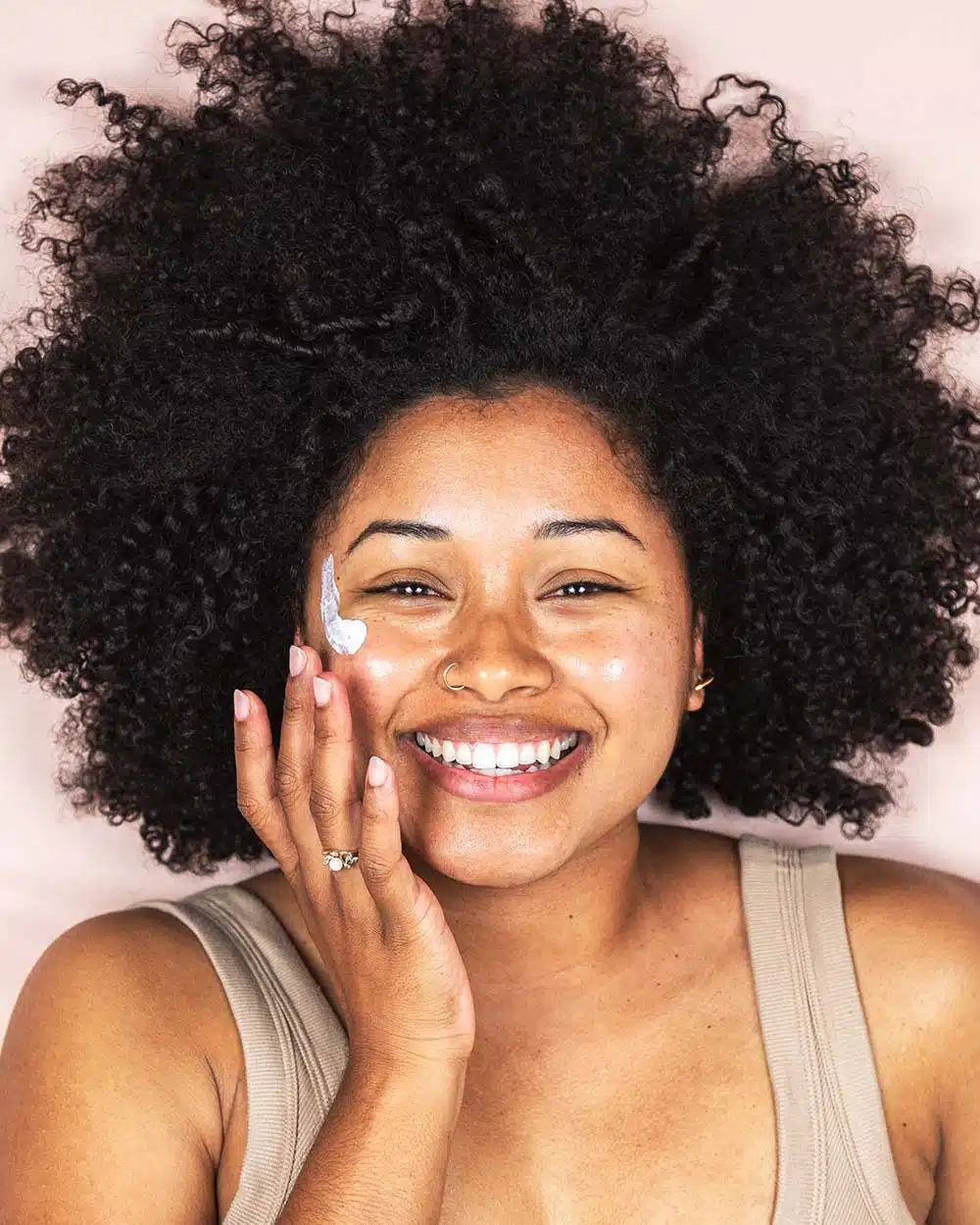It’s safe to say that most people want to have healthy skin. Social media has caused this to become increasingly more popular and people are constantly looking for product recommendations, tips and DIY methods to help them achieve clear skin. With people investing more time and money than ever before, the spotlight has never shone brighter on facials.
However, despite the effort people are putting in, there’s one key factor that’s important in obtaining the best skin possible: understanding your skin type. Knowing your skin type’s characteristics creates the base on which you build an effective facial skincare routine.
In this article, we provide you with the information that can help you identify and understand your skin type. We explain the different characteristics that are associated with each type and the signs to look out for for each. We give you products and tips that can benefit your specific skin type as well as what you should stay away from. This information will leave you better prepared to create a personalized skincare routine. Follow along to identify your skin type and what products you benefit most from!

How To Understand Your Skin Type: A Starting Point
Understanding your skin type can be difficult, especially when you don’t know the signs to watch out for. Don’t worry, we’re here to simplify it and provide you with the essential information that you need to determine your skin type. Skin types typically fall into four categories: oily, dry, combination and normal. Here’s how you can identify each:
Oily Skin
If your skin tends to feel persistently greasy, especially in the T-Zone (forehead, nose and chin) and you usually deal with recurring breakouts, chances are that you have oily skin. It also brings the challenge of larger pores and difficulty keeping your makeup to stay fresh due to excess oil production.
Dry Skin
Dry skin often feels tight, rough and may even look dull. It can often cause flakiness, dry patches, accompanied by occasional redness or irritation. Ingredients like alcohol or fragrance in products can increase dryness and irritation, so be sure to check the ingredients label before deciding to buy it. In addition, dry skin is often aggravated by the environment, such as cold weather and low humidity.
Combination Skin
Combination Skin is what it sounds like: a combination of the common characteristics that are often seen with oily and dry skin. People with combination skin often experience an oily T-Zone while the cheeks may exhibit characteristics of dry skin.
Normal Skin
Consider yourself lucky if you have normal skin. It has the perfect balance between being oily and dry. People with normal skin tend not to have enlarged pores and usually have a very clear and balanced complexion.
Recognizing Skin Type Characteristics
Identifying your skin type is just the first step in knowing how to best handle your skin and determine what practices you can incorporate. To truly harness the power of this information, it’s vital to understand your skin’s unique characteristics:
Oil Production – Determines How to Treat your Skin
Your skin’s oiliness is determined by the amount of sebum (skin’s natural oil) it produces. People who have oily skin, experience clogged pores and acne due to an excess amount of oil production. People with dry skin usually deal with irritation and sensitive skin because their skin doesn’t have enough oil to keep it hydrated and healthy.
Hydration Levels – Key for a Smooth Complexion
Keeping your skin hydrated is so important in order to keep it healthy and smooth. It’s pretty simple, people who have dry skin aren’t producing enough moisture to keep their skin smooth and hydrated. No matter your skin type, it’s important to keep your skin moisturized, it will just vary as to which moisturizer is best for your skin.
Sensitivity – Requires Extra Attention to Ingredients
Skin sensitivity varies among different skin types and it’s crucial to recognize how your skin reacts to different factors. Some skin types are more prone to being sensitive, which causes them to react to new products or environmental changes. This can often lead to redness, itching or burning. It’s important to take note of which factors your skin reacts to in order to properly prepare or treat the issues.
Pore Size – Determines Your Complexion Appearance
Larger pores are more common in oily skin due to increased oil production. In contrast individuals with normal or dry skin often have smaller pores, resulting in a smoother appearance.
Susceptibility to Issues – Prevents Future Issues
Understanding your skin type can help you anticipate and address potential problems. Oily skin often causes clogged pores making it more prone to acne breakouts. Dry skin is often dehydrated, leading to premature aging and fine lines.
Environmental Impact – Indicates How to Adjust your Routine
External factors such as weather conditions, pollution, and humidity can influence your skin’s behavior. Knowing your skin type can help you in adjusting your skin care routine to better combat these external factors.
Tailoring Your Skincare Routine and Facials
Now that you have a little more understanding of the characteristics of your skin type, you can now use that information to create a personalized skincare regimen and choose facials that are geared towards helping your specific skin concerns.
1. Cleansing:
Make sure to choose a cleanser that matches your skin type. A foaming cleanser is the best for people with oily skin because it does a great job at removing extra oil and dirt. A creamy cleanser, however, is better for people with dry skin because it provides extra hydration and locks in moisture in the skin.
2. Moisturizing:
Hydration is crucial for all skin types, but certain moisturizers work better for different skin types. An oil-free moisturizer provides people with oily skin enough moisture without clog pores. People with dry skin are better off using a cream-based moisturizer because it allows your skin to get the moisture it needs to stay smooth and hydrated.
3. Treatment Selection:
Choose treatments that help to improve specific skin concerns that are associated with your skin type. If you have oily skin, try exfoliating treatments. These unclog your pores and help you balance out excess oil. People with dry skin benefit more from less frequent, gentle exfoliation and hydration masks.
4. Sun Protection:
No matter what your skin type is, integrating sunscreen into your daily skincare routine is one of the most important steps in order to protect yourself against sun damage, maintaining its health and youthful appearance. And don’t forget to wear a protective sun hat whenever you are going out in the sun.
5. Professional Facials:
Once you understand your skin type and what your skin’s needs are, it will make it easier for you to choose the right facial. Those with oily skin will benefit more from deep cleansing facials and ones that are focused on treating acne, like our Acne-Fighting Facial. Dry skin benefits most from facials that are focused on hydrating the skin, like our Seasonal Hydrating Facial.
Getting the Perfect Facial for Your Skin Type with Silver Mirror
Silver Mirror stands as a leader in providing personalized professional facials, ensuring an ideal match for your unique skin type. To begin the process, we encourage you to take our Skin Quiz, which gives you insight into which Silver Mirror facial is best for your skin type. Once you book your appointment, our expert estheticians go beyond basic skin analysis, diving deep into your skin’s complexities to pinpoint individual concerns. Whether your skin tends towards oiliness, dryness, or a combination of both, Silver Mirror provides a custom-tailored facial experience, catered to your skin’s requirements.
Unlock your skin’s true potential. Book a facial today and have an expert esthetician guide you through understanding your skin type and receive the treatments that are right for you.
By




